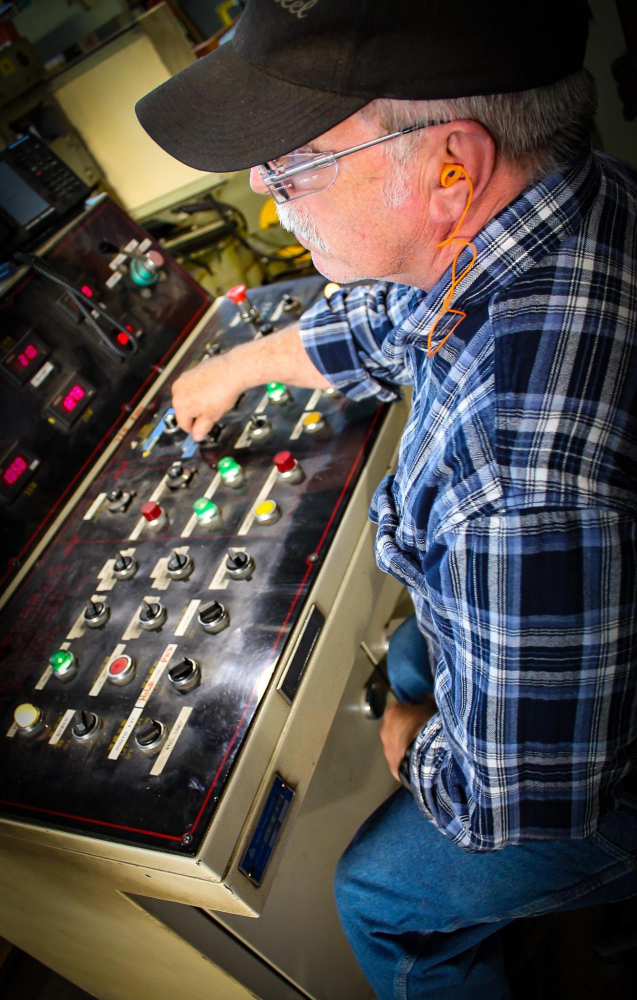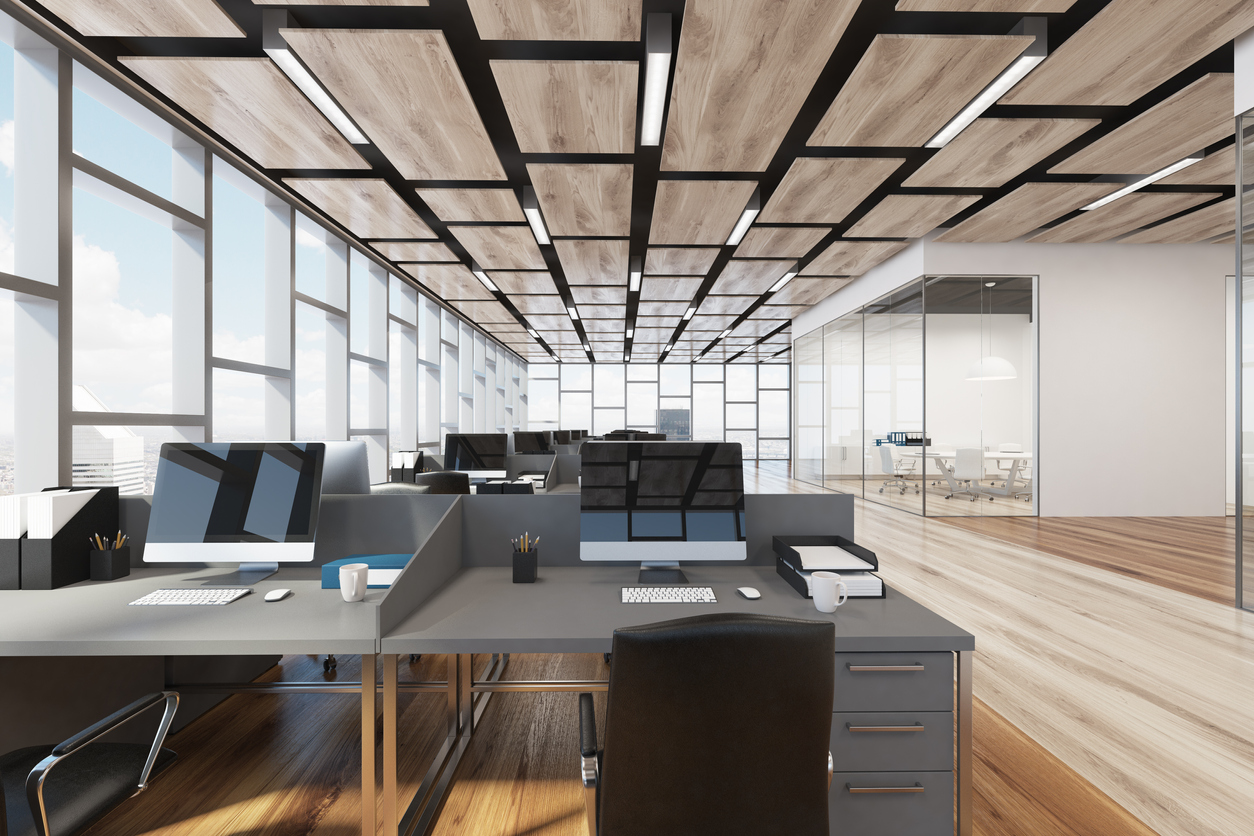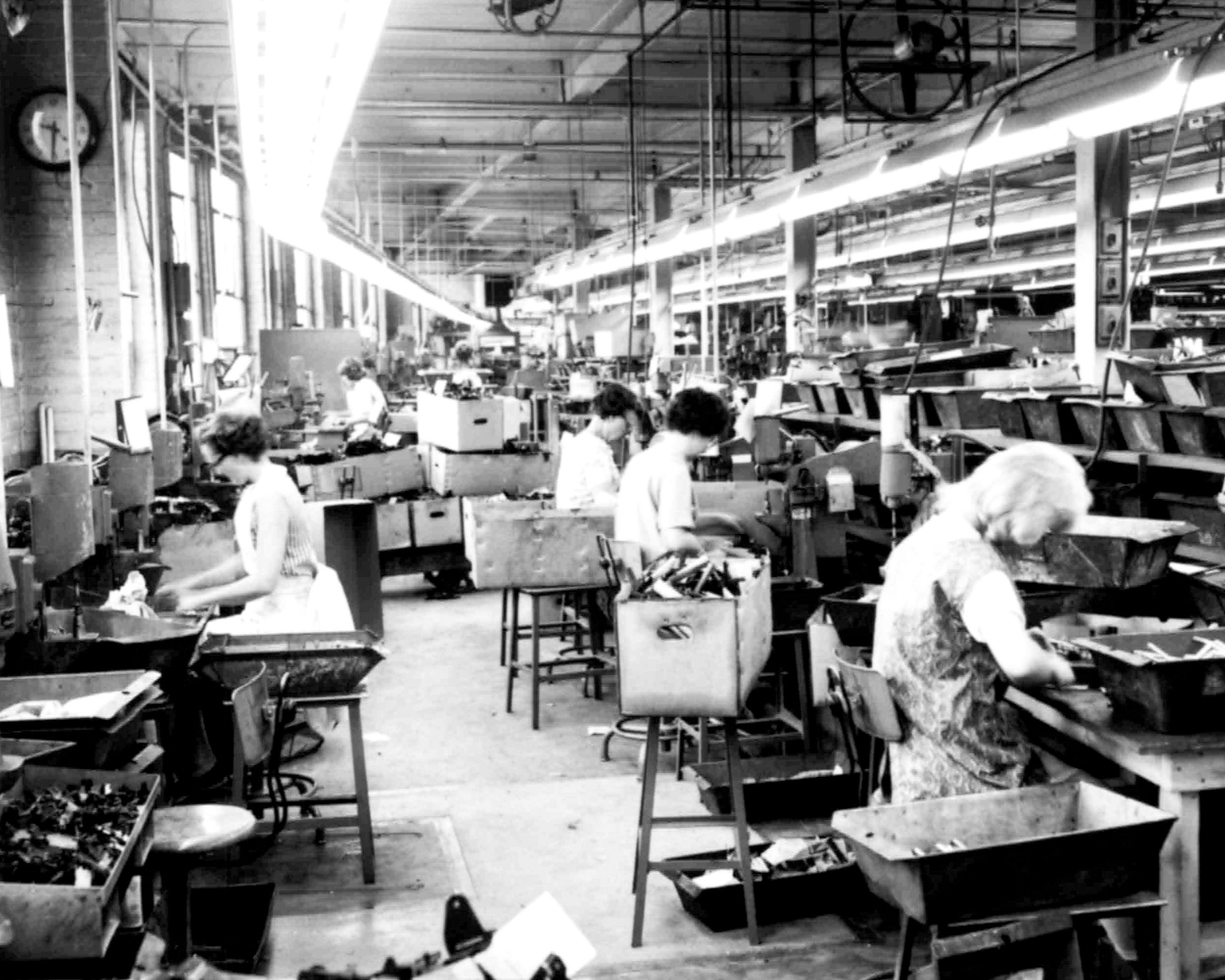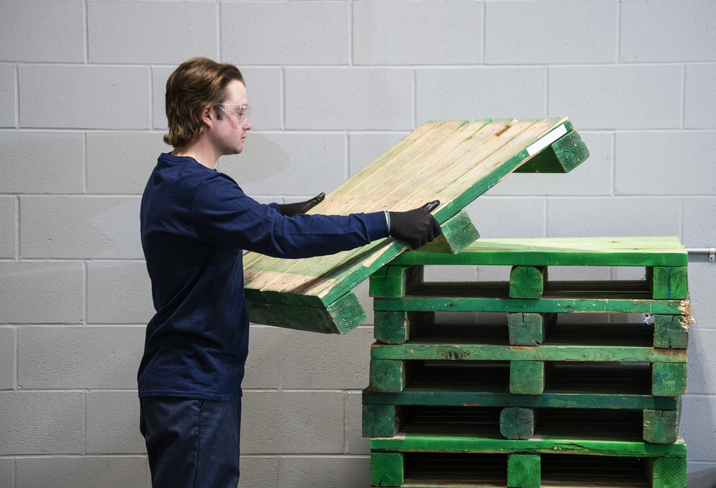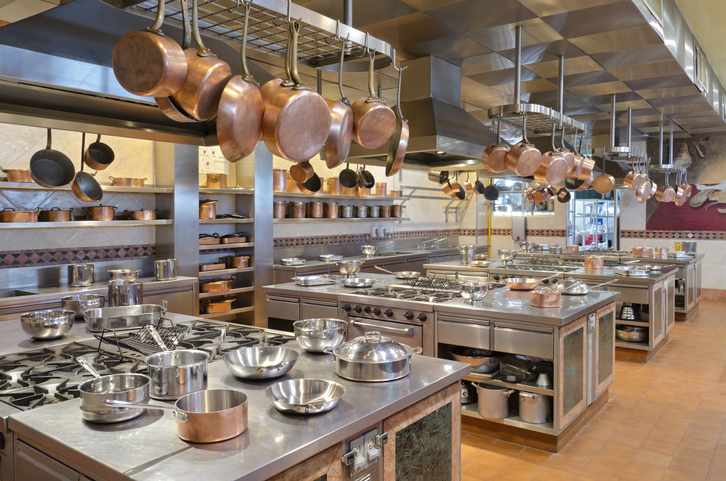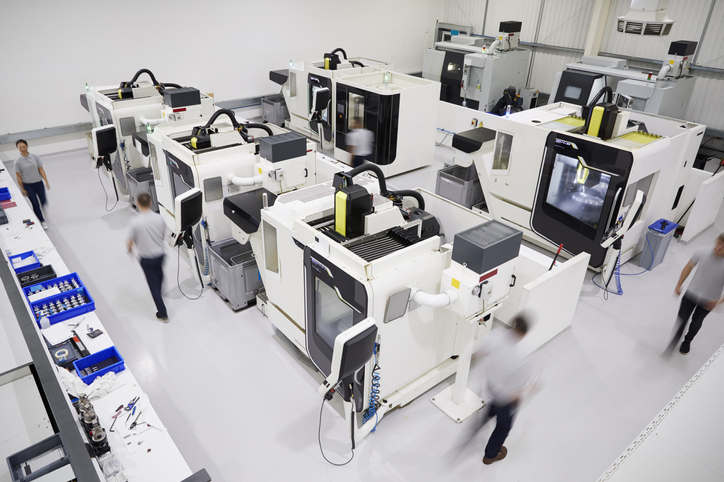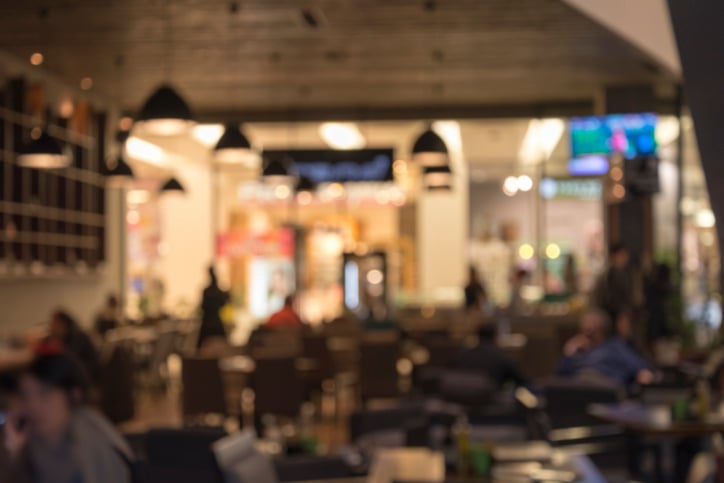There’s nothing like taking your idea to a full-service manufacturer and getting a complete solution, start to finish.
Weber Knapp
Recent Posts
Full-Service Manufacturing: More Than Mechanical Motion Control
Topics: Motion Control, Design, Counterbalance Hinge, Engineering, Finishing, Durability, Aesthetics, Testing & Prototyping
Furnishing your office is a big decision. There are a lot of factors to consider, like your team's comfort and health, an appealing aesthetic, cost, and durability.
Topics: Ergonomics, Design, Durability, Aesthetics, Safety, standards & certifications, office equipment
Celebrating 40 years of Innovative Ergonomic Solutions
How does a manufacturing company founded by a mechanic and a furniture trim designer become a leading manufacturer of ergonomic furniture solutions?
[How to] Improve Shop Floor Safety with Manufacturing Ergonomics
In manufacturing, safety is always a major concern. Hazards that come with the territory of a manufacturing line or shop floor can pose a serious threat to the health and well-being of your employees.
Topics: Ergonomics, Safety, Manufacturing
9 Medical Ergonomics Improvements for Staff & Patient Care
Hospitals and clinics run on people, the nurses, techs, and doctors who keep everything moving. But that constant movement comes at a cost. Long hours, short breaks, and heavy workloads can wear anyone down, which is why ergonomics in healthcare has never been more important.
When workspaces are designed around the people using them, every shift feels a little safer, smoother, and more sustainable.
Topics: Counterbalances, Applications, Ergonomics, Medical Equipment, Safety, office equipment
Design Considerations for Commercial & Restaurant Swinging Doors
If there’s one thing that commercial and restaurant kitchen appliances need to be, it’s durable. Ovens, grills, sinks, freezers, and microwaves all have to stand up to constant, repeated use.
Topics: Counterbalances, Motion Control, Appliance, Hinges, Food Industry, kitchen
Weber Knapp Team Readies for National Restaurant Association Show 2023
Getting Precise: Calculating for a Flip-Up Countertop
Topics: Motion Control, Counterbalance Hinge, Lid Support
Enhance Manufacturing Safety Using Ergonomic Assessment Checklists
| An ergonomic assessment checklist helps identify and address potential safety issues before they become a problem, especially in manufacturing. Here we’ll lay out a checklist in three parts: 1. Ergonomic manufacturing equipment 2. Ergonomic standards in the workplace 3. Ergonomic manufacturing hazards and how to avoid them |
Topics: Ergonomics, Industrial, Push Cart, Safety, OSHA
Our next stop on the trade show circuit this year takes us deep into the world of hospitality in a city synonymous with it.
Topics: Motion Control, Counterbalance, Counterbalance Hinge, Food Industry, trade shows
.png?width=12000&height=2033&name=WeberKnappLogo_white%20(1).png)
